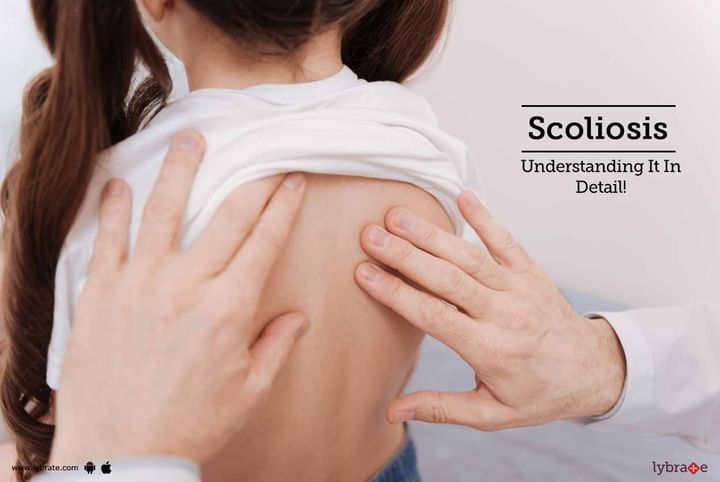Scoliosis - Understanding It In Detail!
Scoliosis is a medical condition, when a person’s spine has a sideways curve. Normally, the shape of a person’s spine includes a curve at the top of the shoulder and a curve at the lower back but if the spine’s curve is S or C shape in nature, then it’s a clear indication that the person has scoliosis. It’s a term used to refer to cases having no definite cause. Only 20% of cases related to scoliosis could be identified by the doctors.
Two different types of scoliosis are:
- Congenital: In this case, spinal deformities become apparent at birth
- Neurological: This is a situation when nerve tends to function in an abnormal manner affecting muscles in the spine.
Symptoms
The symptoms tend to vary depending on the extent of the problem caused by Scoliosis. Some of the most common symptoms are:
- Back Pain
- Spine gets rotated
- Hips seem to become uneven
- One side’s shoulder blade becomes higher than the other
- Breathing problems due to compressed area in the chest.
What Causes Scoliosis?
The main cause behind the problem can’t be determined but doctors tend to identify certain reasons why people might get affected by scoliosis:
- Spinal Injuries
- A group of genetic disorders, termed as muscular dystrophy, which might result in muscle weakness.
- Certain defects at the time of birth, which might affect an infant’s spinal bones.
- A group of nervous system disorders, such as cerebral palsy, which can affect hearing, seeing, learning, thinking and movement
Diagnosis of the problem
When you go to a doctor for check-up, it’s important that the doctor is able to diagnose the problem properly. So, the general norm is to go for a physical examination, either an x-ray, CT scan or MRI. Generally a curve is considered significant if it is greater than 25 to 30 degrees, whereas those exceeding 45 to 50 degrees are termed as severe and require aggressive treatment.
Treatment
The treatment is meted out once confirmed diagnosis of scoliosis has been done. Some of the treatment options that doctors might consider are as follows:Observation: In some cases, especially among children, a doctor might feel that the curve in the spinal cord is mild and hence do not require any treatment. Adults affected by Scoliosis are usually recommended to go for X-rays once in every five years, till symptoms tend to become worse.
- Bracing: Bracing is a kind of treatment, only applicable for those who have not attained skeletal maturity. If at a growing stage, a child’s curve is between 25 and 40 degrees, a brace is recommended to prevent the curve from progressing further.
- Surgery: A doctor goes for surgery to attain two primary goals – to stop the curve from getting worse and to lessen spinal deformity.
Hence, we have discussed about the problem of Scoliosis by looking at its different types, symptoms, causes, ways to diagnose this particular medical condition and finally treatment procedures.
In case you have a concern or query you can always consult an expert & get answers to your questions!



+1.svg)
